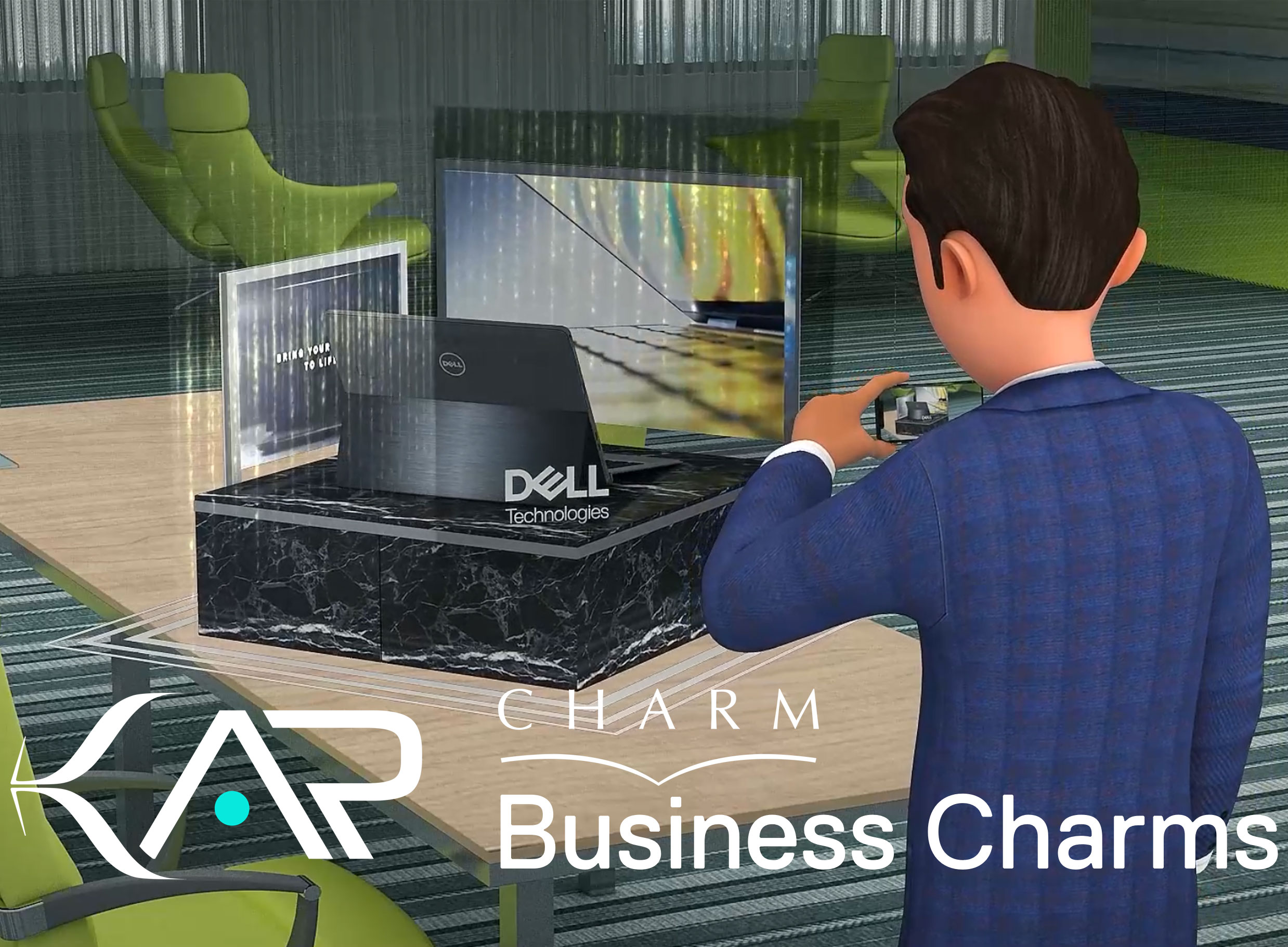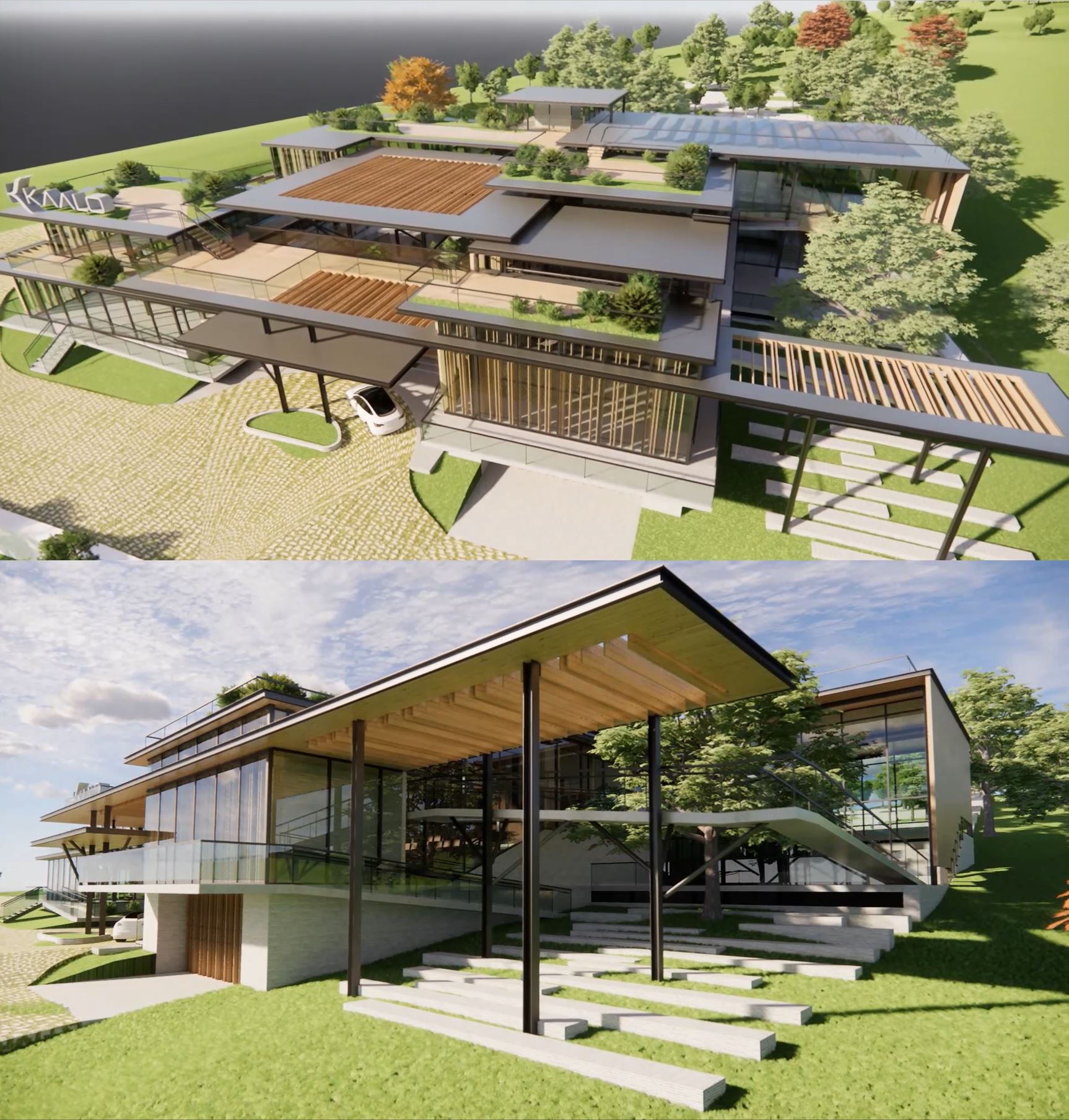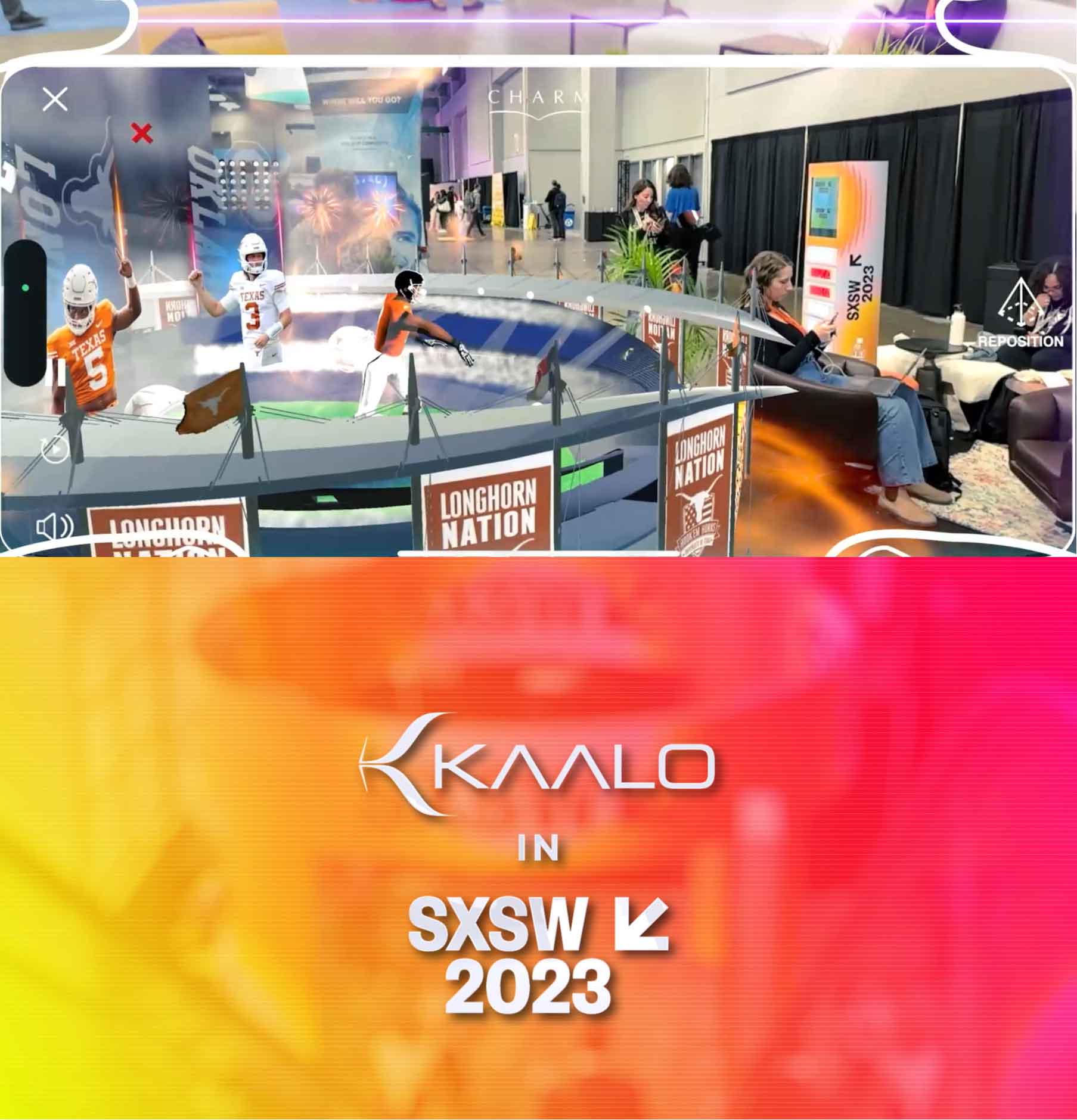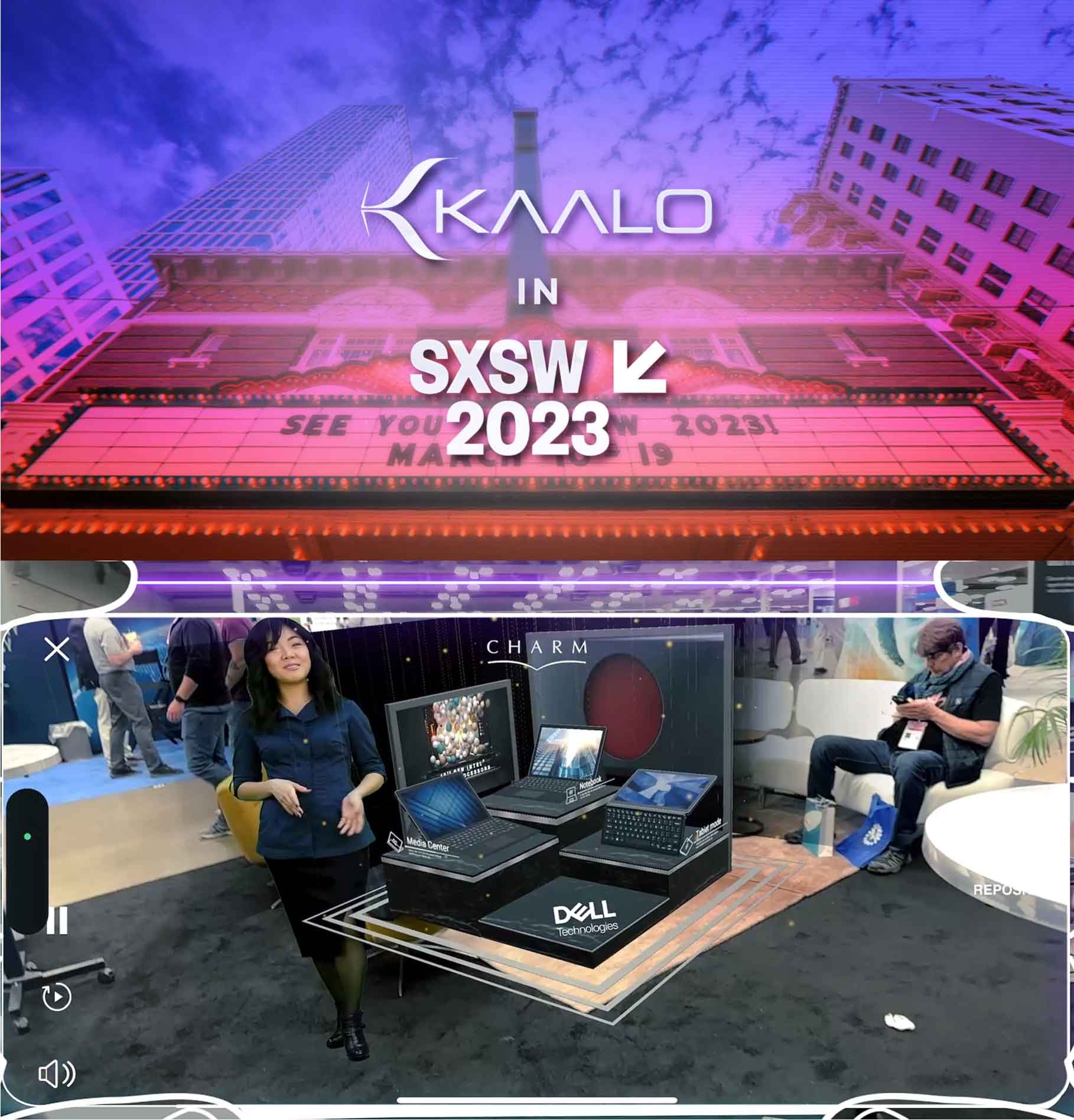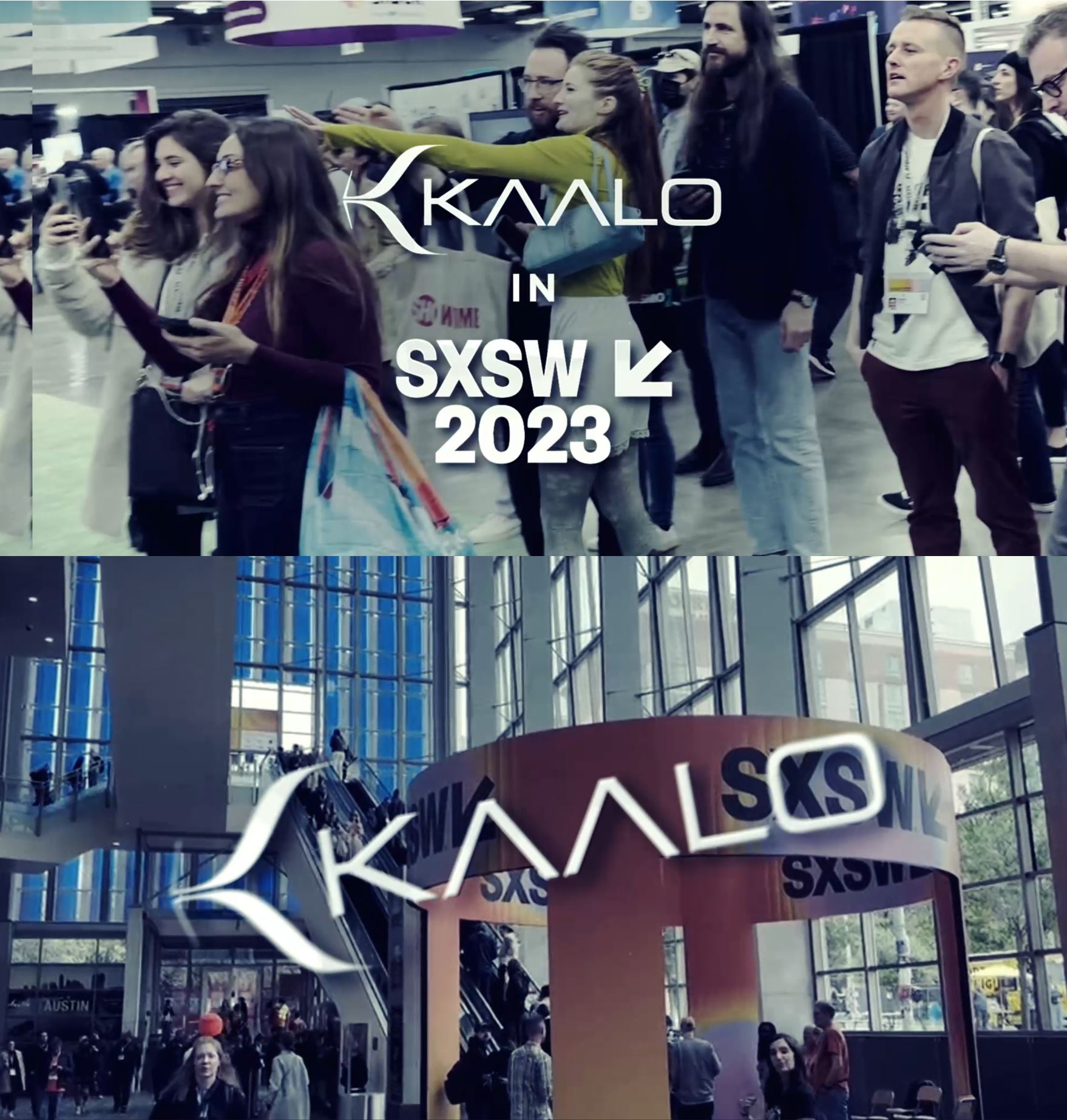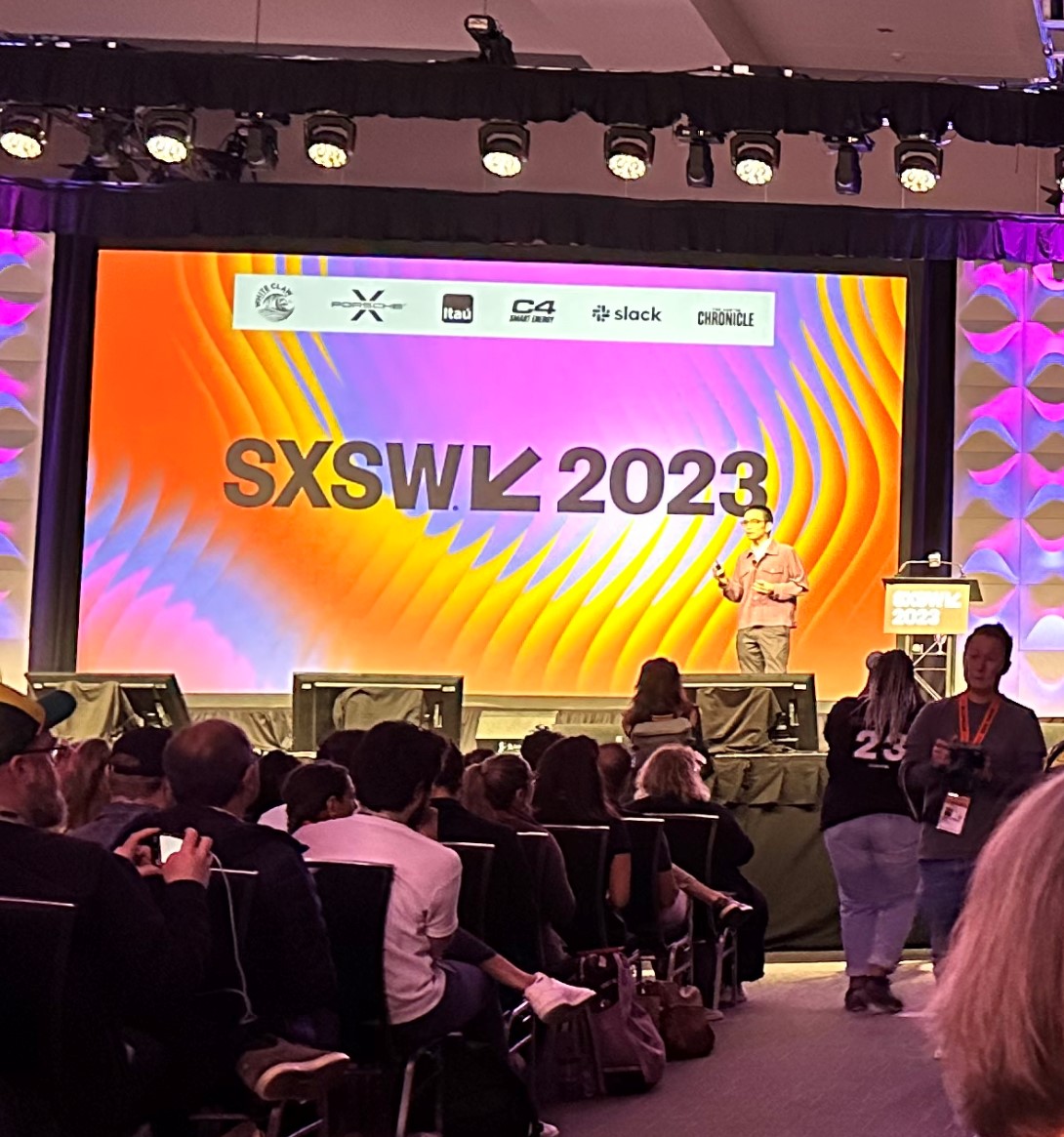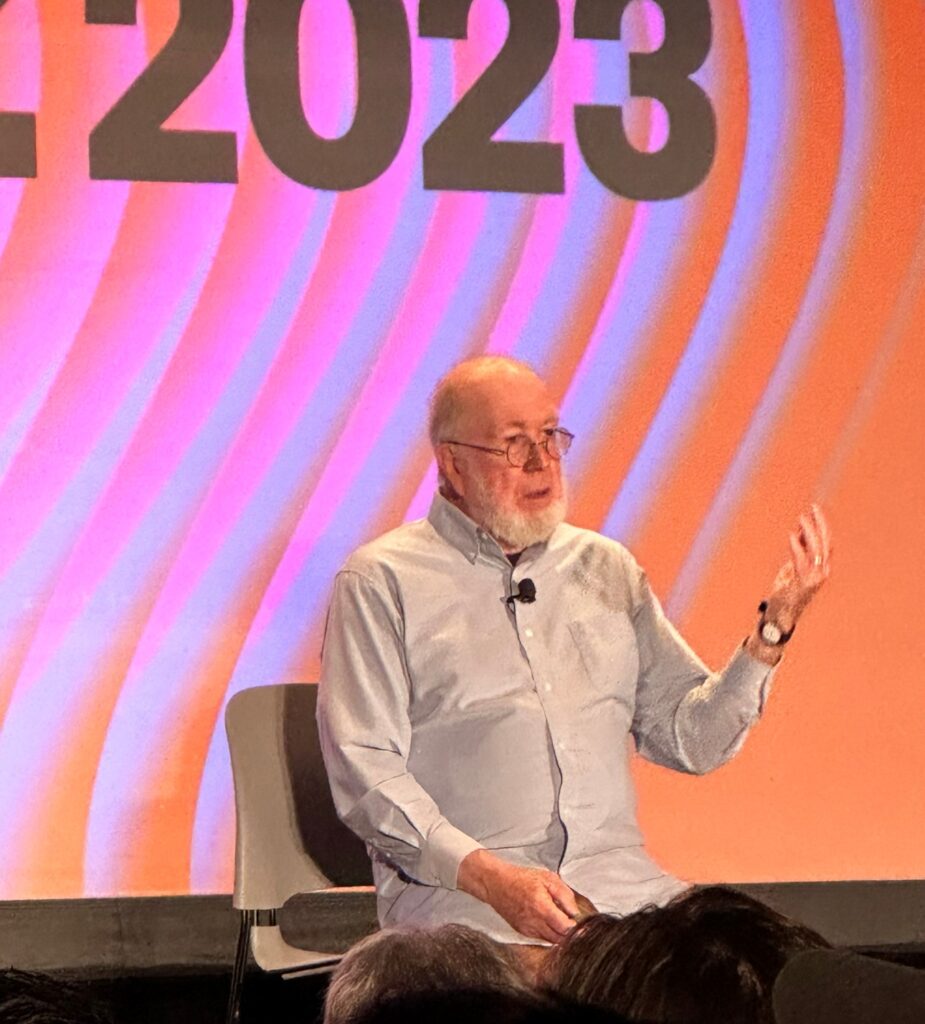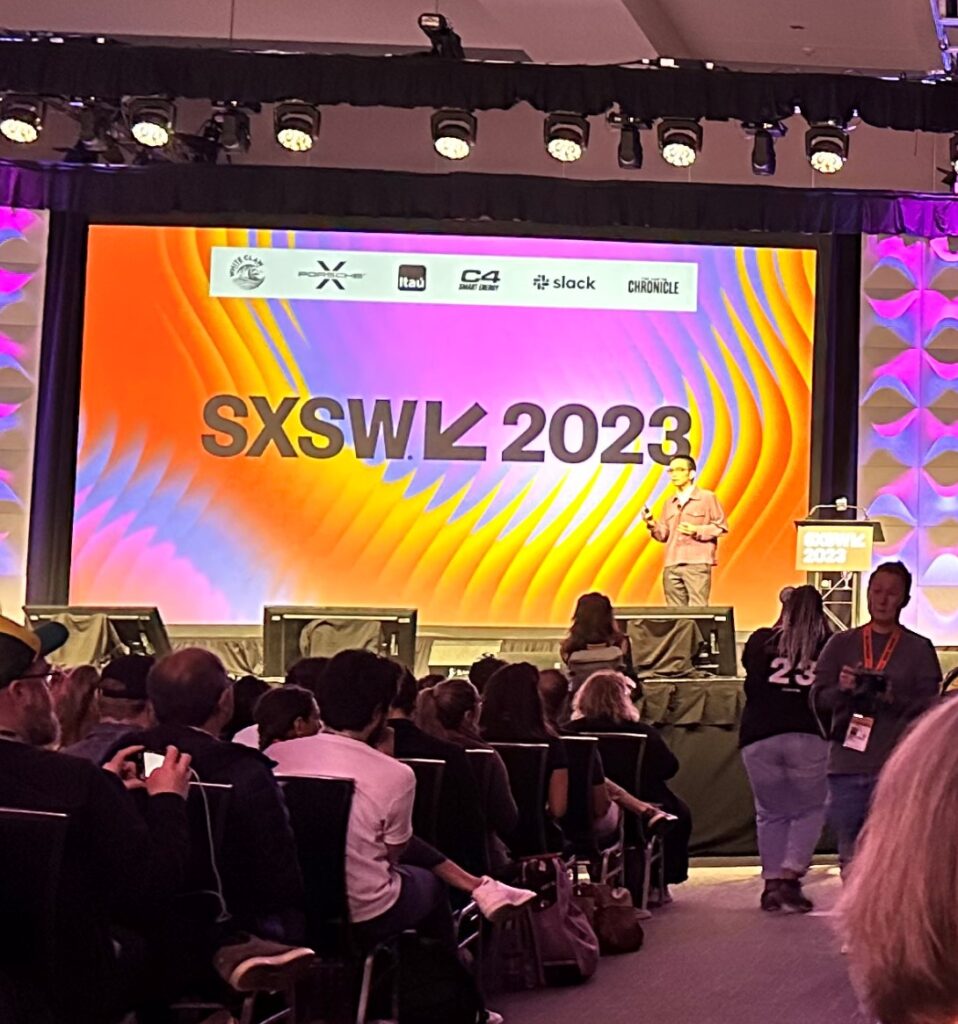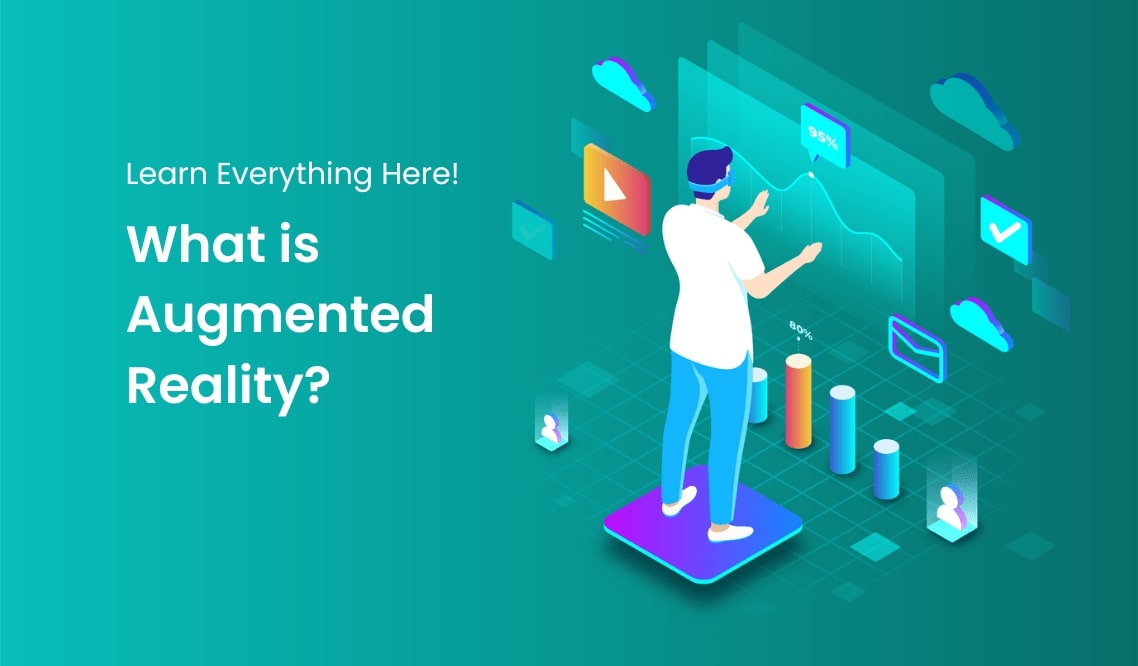Get ready, Kaalo world, because Augmented Reality (AR) is about to blow your mind in 2024! Buckle up as we dive into the top trends that will reshape the way we interact with the world around us:
1. Multi-Sensory Mayhem: Say goodbye to flat screens and hello to haptic gloves, scent diffusers, and even full-body suits that blur the lines between physical and digital. Imagine feeling the texture of virtual objects or smelling the aroma of a simulated forest – prepare for mind-bending immersion!
2. AI-Powered Playground: Generative AI is joining the AR party, churning out stunning 3D assets and animations on the fly. This means faster prototyping, personalized experiences, and a never-ending stream of creative possibilities.
3. WebAR Takes Over: Ditch the app downloads and say hello to WebAR – accessible AR experiences directly through your web browser. Expect furniture try-ons, interactive product demos, and location-based treasure hunts to take over your lunch breaks.
4. The Great Collaboration Convergence: Remote work ain’t going anywhere, but AR is here to make it feel less, well, remote. Collaborative platforms powered by AR and VR will let us share ideas, brainstorm, and even give high fives across continents.
5. Phygital Fusion: Get ready for the age of “Phygital,” where physical objects become portals to digital worlds. Imagine sneakers unlocking exclusive AR games, or cereal boxes revealing hidden augmented stories. The line between physical and digital is about to get seriously blurry.
6. Blended Reality Bonanza: AR and VR are no longer rivals, they’re BFFs! Mixed Reality headsets will let us seamlessly switch between augmented and virtual worlds, creating experiences that are both grounded and fantastical.
7. AR Reimagines Retail: Shopping is about to get a whole lot more interactive. Imagine trying on clothes without stepping foot in a store, or visualizing furniture in your living room before you buy it. AR is poised to revolutionize the retail landscape.
8. Education Evolved: Learning is about to get a whole lot more engaging. Imagine dissecting a virtual frog in biology class, or exploring ancient Rome through an AR headset. AR is going to make education more immersive and accessible than ever before.
9. Workplace Revolution: From training technicians to streamlining assembly lines, AR is set to transform the workplace. Expect to see increased efficiency, improved safety, and a workforce empowered by cutting-edge technology.
10. The Ethical Elephant: As AR becomes more pervasive, ethical considerations like privacy, data security, and the potential for manipulation come into play.
Contact Kaalo and see how 2024 AR can accelerate your businesses growth. [email protected] 805.630.8267 www.kaalo.com
#AR#AugmentedReality#2024Trends#FutureofTech#Innovation#Metaverse#AI#WebAR#Phygital#MixedReality#Education#Workplace#Ethics

